Tuesday, April 23, 2024
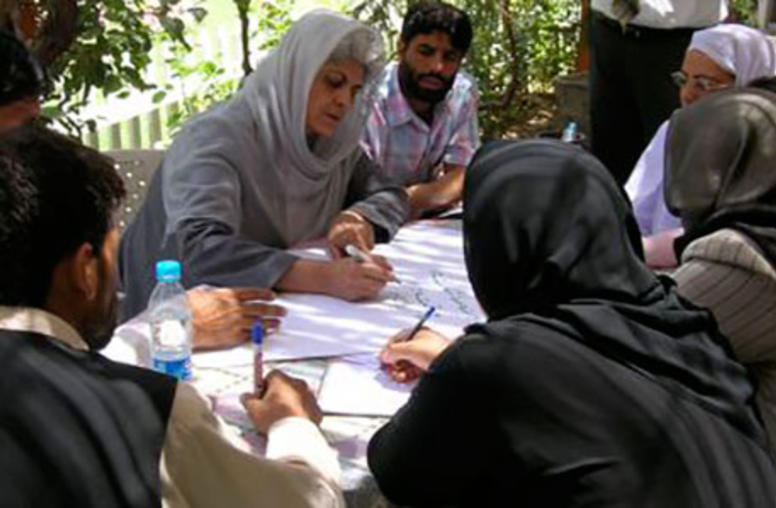
Peacebuilding on the Ground: Teaching Them to Fish
Workshop participants in Afghanistan.
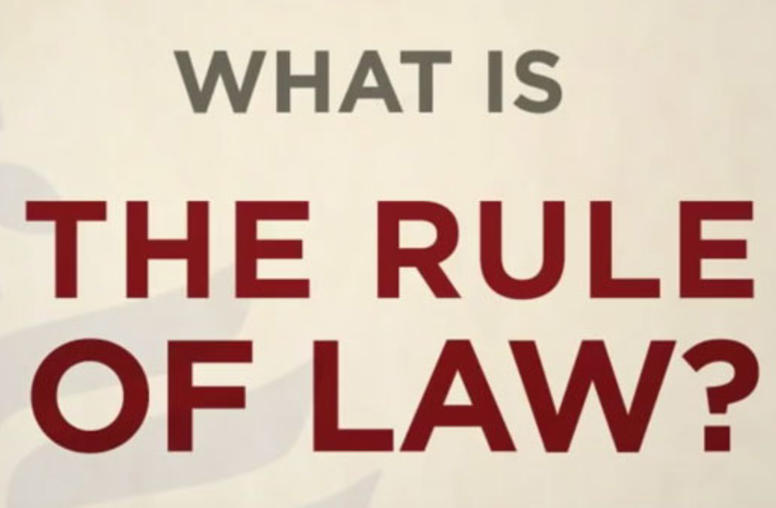
What is the Rule of Law?
Experts from the United States Institute of Peace (USIP) discuss the meaning of the term "rule of law," and the ways that USIP works to promote the rule of law around the world.
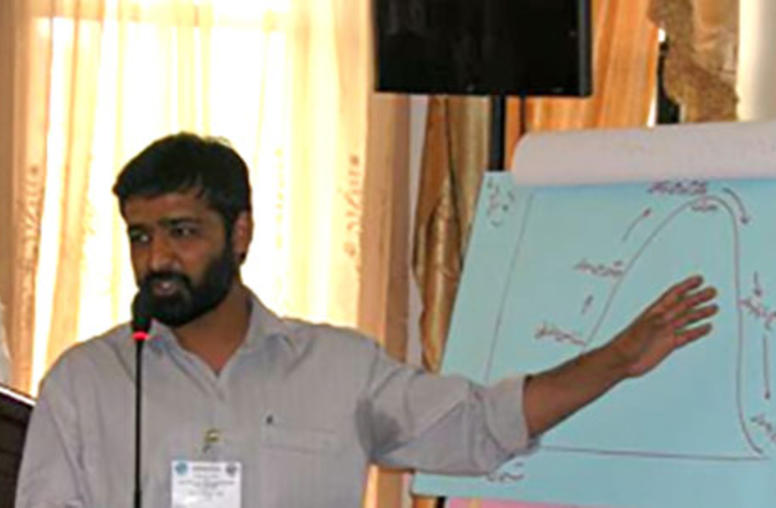
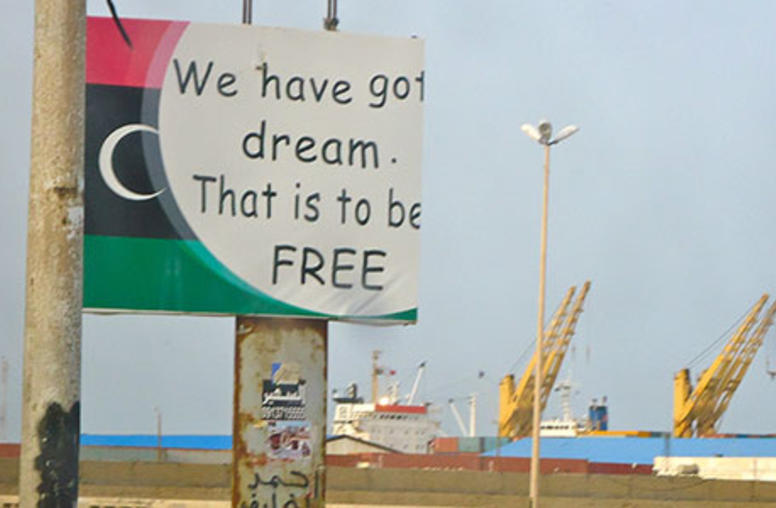
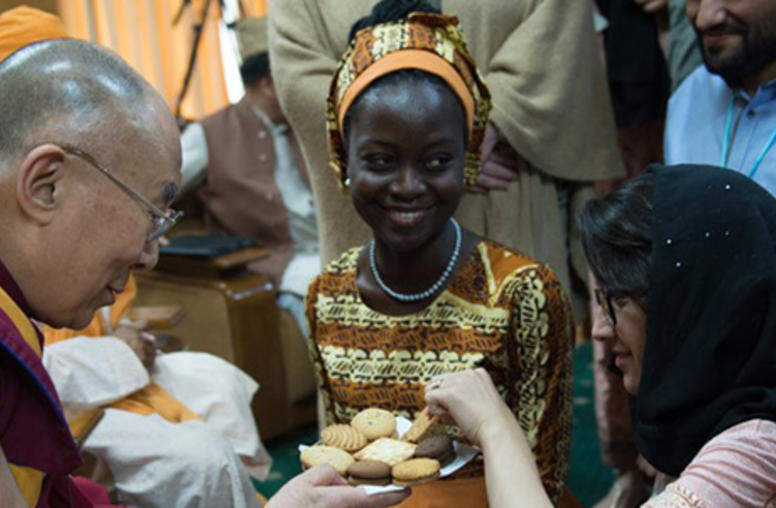
Dalai Lama Offers Hope to Youth Leaders—and Vice Versa
Violent conflict, often shaped by religious extremism, is concentrated in many of the world’s youngest populations, underscoring that a more peaceful world cannot be built without youth helping to lead. Five months after the United Nations formally urged governments to act on that idea, 28 young peace leaders from countries facing violence and extremism met the Tibetan Buddhist spiritual leader, the Dalai Lama, to work on making it happen.
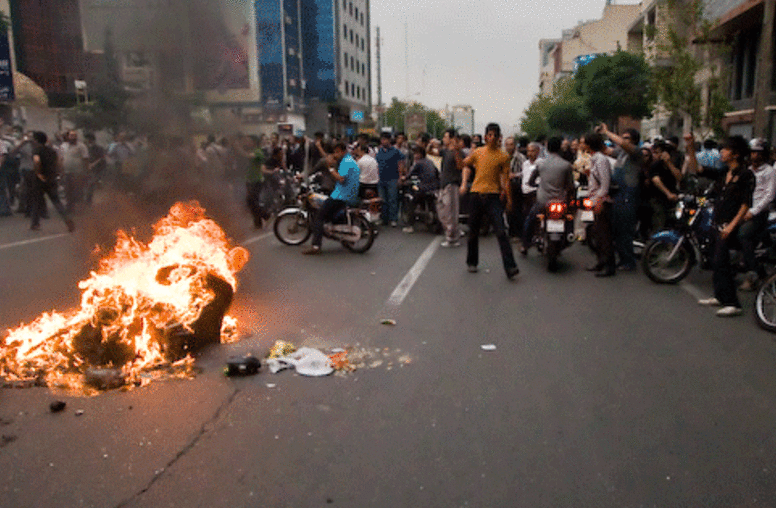
Preventing Election Violence: Equal Risk, Different Results
Even in the tumultuous history of Bangladesh, the deadly campaign-related violence that plagued this year’s parliamentary elections seemed unprecedented. Hundreds reportedly were killed amidst bitter feuding between the governing Awami League and the opposition Bangladesh Nationalist Party. And yet the risk factors for such turmoil aren’t that different from difficult but more peaceful places like Malawi. A USIP project is examining those and three other cases to determine how and when electoral violence prevention efforts might be able to help.
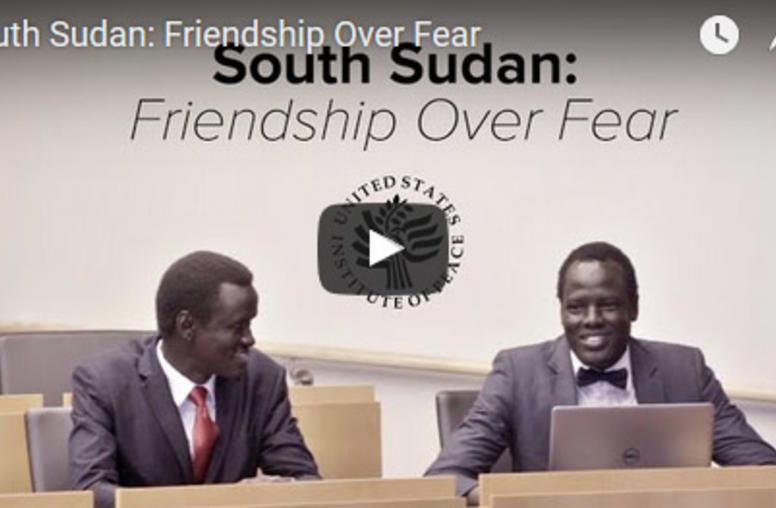
South Sudan: Friendship Over Fear (Video)
A civil war that has plagued South Sudan, the world’s newest country, over the past four years verges on ethnic genocide and has left half the prewar population in need of humanitarian aid. As the international community tries to help end the violence, the U.S. Institute of Peace brought two of the country’s promising young leaders—one from each side of the divide—to Washington to pursue research on ways to heal the rifts. By the end of their stay, they may have learned just as much from each other.
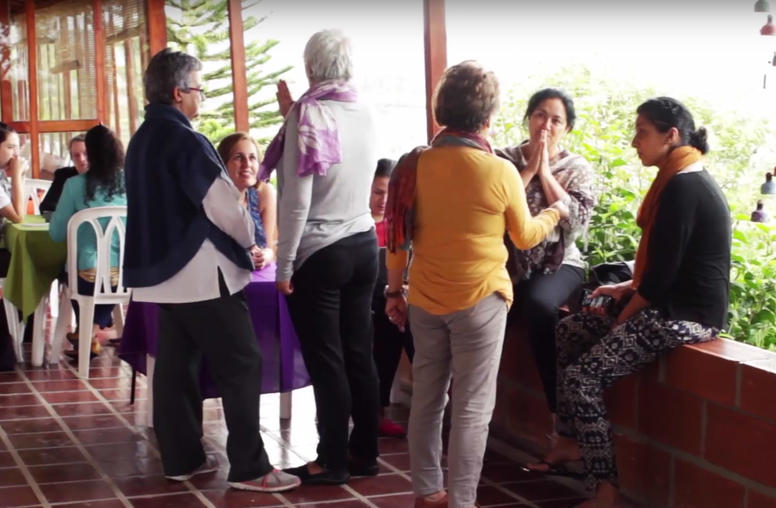
Dialogues for Peace: Four Ideas That Can Improve Them
Across a violent world, governments, U.N. agencies, foundations and peace organizations sponsor dialogue projects every year, working to reduce bloodshed. In national civil wars or local land disputes, trained “facilitators” guide antagonists toward compromise. But do these approaches work, and if so, how?
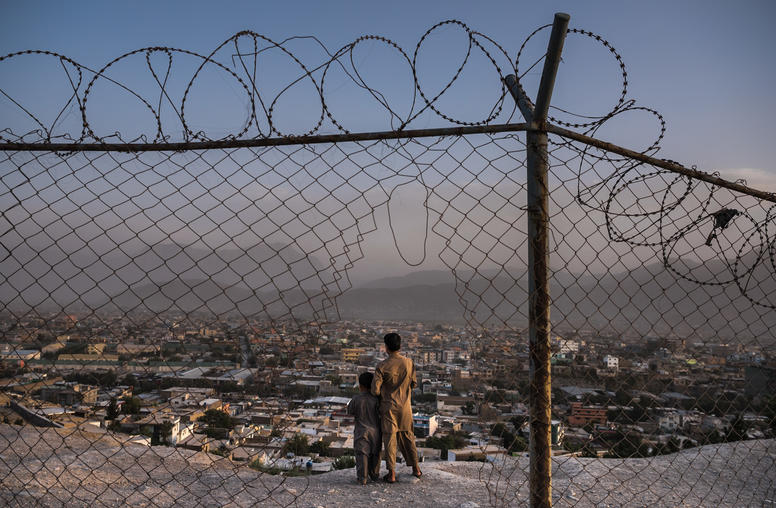
For an Afghanistan Strategy, Put Peace Talks at the Fore
Senior U.S. civilian and military officials frequently acknowledge that there is no military solution to the Taliban-led insurgency in Afghanistan, and that a peace process is needed to reach a politically negotiated end to the conflict. But for years, the military effort to win the war has sucked up the lion’s share of policy (and media) resources. Political efforts to negotiate peace remained a sideshow that never gained much traction.
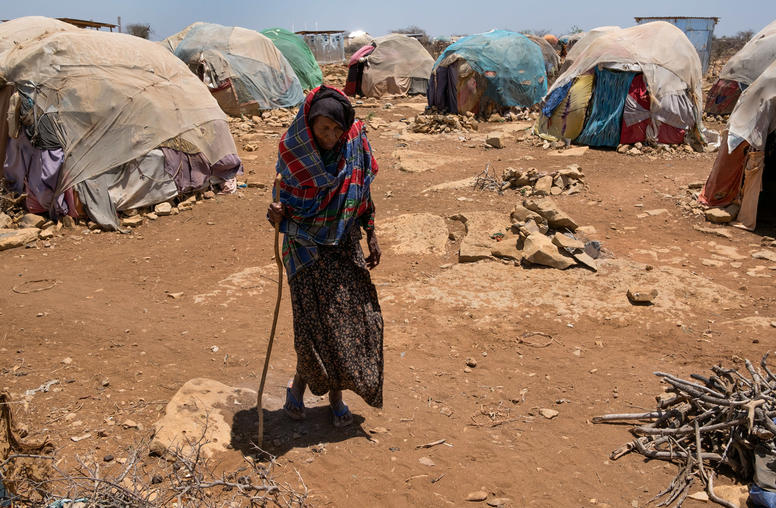
Drought, Al-Shabab Threaten Somalia’s Recovery Plan
Somalia is one of four countries, along with Yemen, South Sudan and Nigeria, threatened with famine this year. Drought and conflict have already pushed nearly 3 million Somalis—roughly the size of Chicago’s population--to the brink of starvation, an unimaginable scale of human suffering. Worse yet is that history could repeat itself—less than a decade ago, famine killed nearly 260,000 Somalis, half of them children under 5. But the situation is different this time in at least two important ways.
